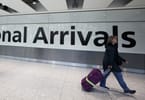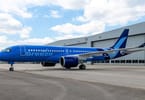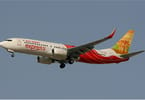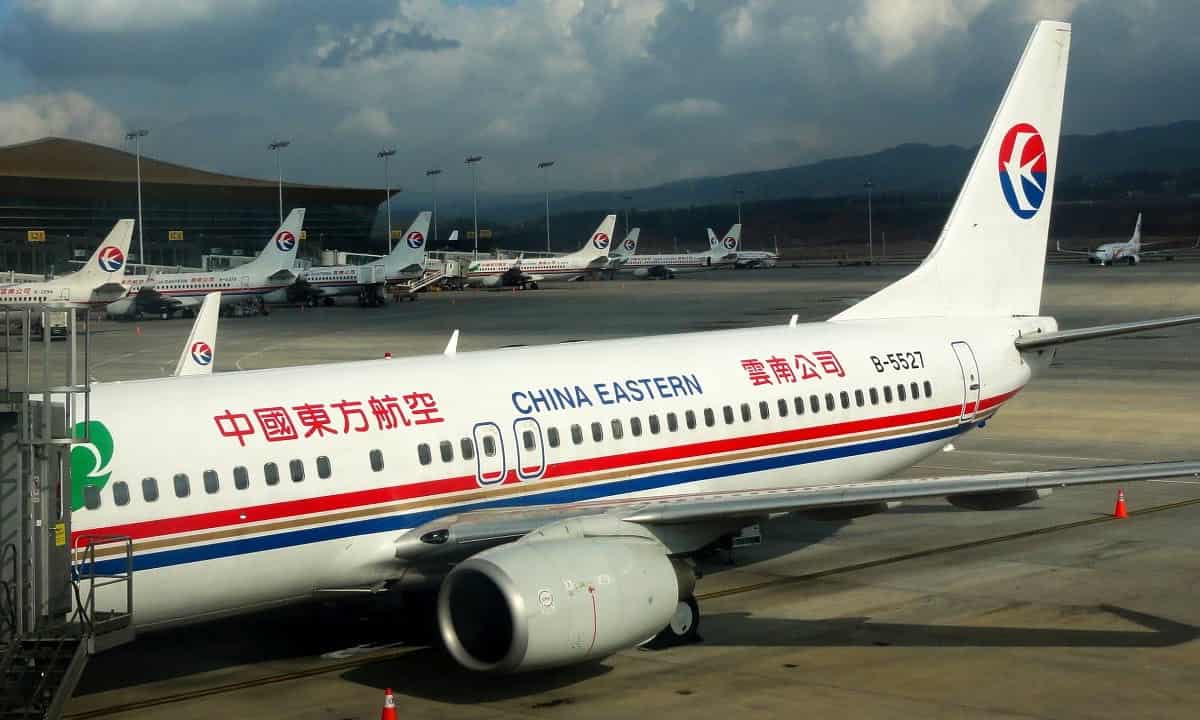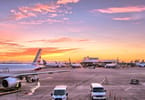OTTAWA, Canada – To the House of Commons Standing Committee on Finance, the Canadian Airports Council today spoke of changes to federal infrastructure funding criteria for six community airports and growing wait times at security screening as top concerns for Canada’s airports in the next federal budget.
The CAC is seeking additional resources for the Canadian Air Transport Security Authority (CATSA) to provide an improved and more predictable level of service at screening for the next fiscal. Meanwhile work continues between government and industry on longer term improvements to the passenger experience.
“Canada’s airports cannot answer with confidence today one of the most common questions to be posed by the travelling public: How long will it take me to get through security?” said Mr. Gooch. “Canada’s airports have confidence in the security value being provided by the CATSA but when it comes to the passenger experience at screening, we cannot say today that our passengers are receiving value for money.”
Security screening is a growing frustration for the travelling public and the biggest operational challenge faced by Canada’s large airports. Despite one of the highest security charges in the world, funding to CATSA – the federal crown corporation responsible for screening – has failed to keep pace with growing traffic volumes.
Canada is enjoying healthy growth in air traffic, with a 24% increase in passengers over the past five years. Growth is anticipated to add as many passengers to the system this year as pass annually through an airport the size of Halifax or Winnipeg. Without more of passengers’ security fee money going to CATSA, wait times at screening will continue to rise.
Meanwhile, the CAC also is requesting a change to federal funding program criteria to allow six small airports located on federal land to participate. The airports, located in Charlottetown, Fredericton, Gander, London, Prince George and Saint John, each handle fewer than 600,000 passengers a year.
“Airports are important components of local transportation infrastructure in the communities they serve,” said Mr. Gooch. “Despite several years of efforts, these six airports have been unable to participate in programs freely available to other airports and other modes of transportation. Our airports share concerns about rising costs and industry competitiveness, but without some change on this file, small airports’ funding options are limited.”
It is a core principle of the National Airports Policy that airports be self-sufficient for capital and operating costs, and as a system they have been. However, even when that policy was written it was acknowledged that some small airports with low traffic volumes would find it challenging to raise enough revenue to cover these costs. While programs have been established to meet this need, NAS airports are located on federal land have not been allowed to compete for these dollars.
WHAT TO TAKE AWAY FROM THIS ARTICLE:
- To the House of Commons Standing Committee on Finance, the Canadian Airports Council today spoke of changes to federal infrastructure funding criteria for six community airports and growing wait times at security screening as top concerns for Canada’s airports in the next federal budget.
- “Canada’s airports have confidence in the security value being provided by the CATSA but when it comes to the passenger experience at screening, we cannot say today that our passengers are receiving value for money.
- It is a core principle of the National Airports Policy that airports be self-sufficient for capital and operating costs, and as a system they have been.





